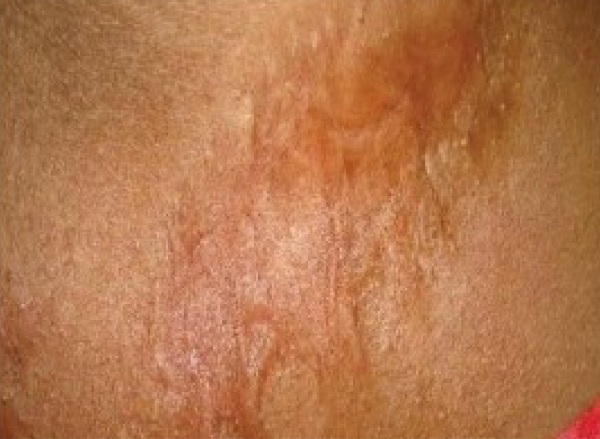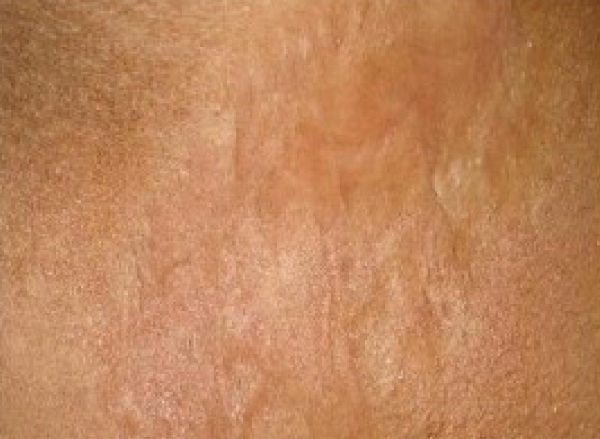What are scars ?
Skin scars are the normal outcome of the tissue repair and healing process. A scar is a permanent visible mark on the skin left by a wound caused by trauma, burn, or surgery.
Scars, whether visible or not, affect people psychologically and impact their quality of life. That’s why it is very important to prevent scar formation from the beginning to achieve the best skin appearance.
Why do scars form ?
After any wound, skin passes through the normal stages of the wound healing process: inflammation, proliferation, and remodeling to restore the lost tissue and form the final scar.
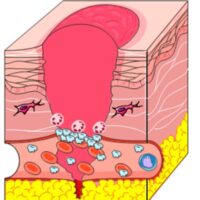
Inflammation Stage
In the proliferation stage, the body produces collagen to rebuild the lost or damaged tissues. An imbalance between tissue building and breakdown may result in different shapes of scars that differ from one individual to another.
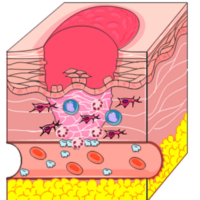
Proliferation Stage
The resulting scar might be elevated or depressed, but the main goal is to get a normal scar.
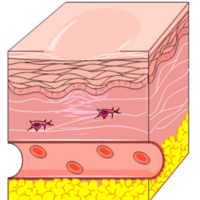
Remodeling Stage
Types of scars

Normal Scars
Normal scars are scars that look very similar to the surrounding normal skin; they are usually flat and very close to normal skin in texture, color, and height.
The objective of using any scar management product should be to get a scar that looks normal. However, a misconception many have is that the scar will disappear completely, which will not happen.
Depressed/Atrophic Scars
They are scars that have a lower level than the surrounding normal skin; they occur as a result of decreased collagen production or an increase in tissue breakdown.
They are usually noticeable due to their depression, whether they have the same skin color or are different.
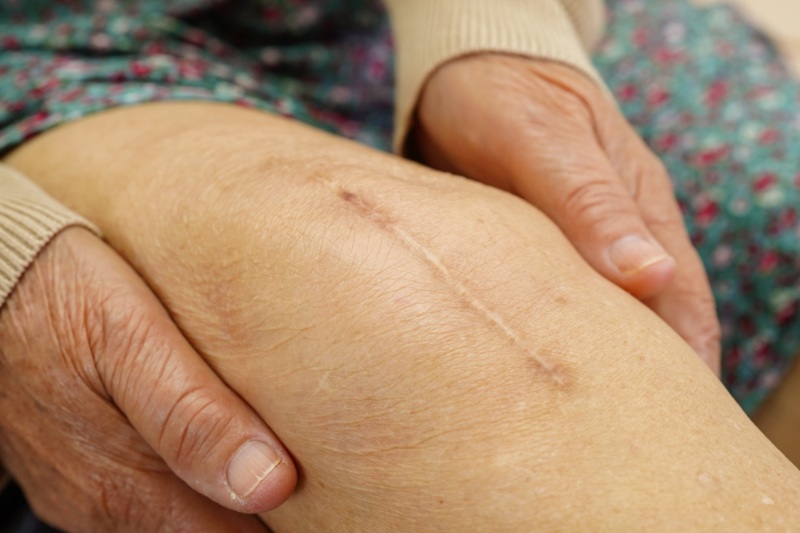
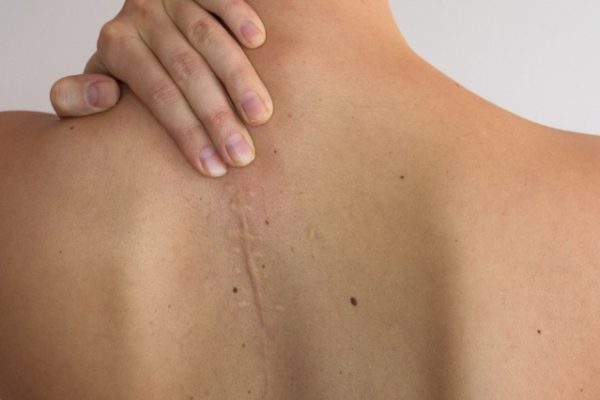
Elevated/Hypertrophic Scar
They are scars that are elevated compared to the surrounding normal skin; they form due to an imbalance that causes an increase in collagen production or a decrease in tissue breakdown.
They are often red, pigmented, inflamed, itchy, and even painful. They are the most common type of scar, and their management is possible even if they are already formed, but earlier management gets better results.
Burn Scars
They are scars that develop within the first few weeks after the injury. They often have a deep red to purple color and are raised above the surface of the skin; they affect the body image of people.
In severe burns, contractures often develop, causing the skin to tighten and contract. These contractures can affect people’s movement, especially if they occur in a joint, in addition to being painful.
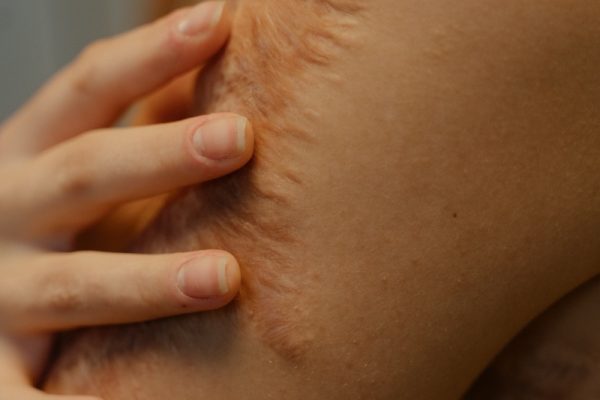
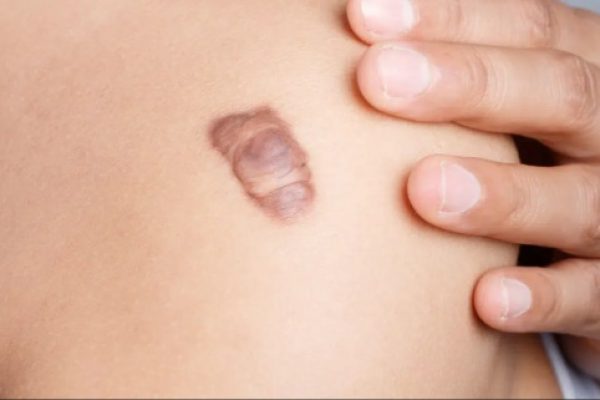
Keloid Scars
It is a type of elevated or hypertrophic scar where it continues to grow over time without stopping; it is thick, has a smooth top, and is a pink to red color.
Although this type of scar is less common than regular hypertrophic scars, it forms in certain people who are susceptible; it usually happens at a young age, is more common in females due to increased piercings, and occurs in specific body parts.


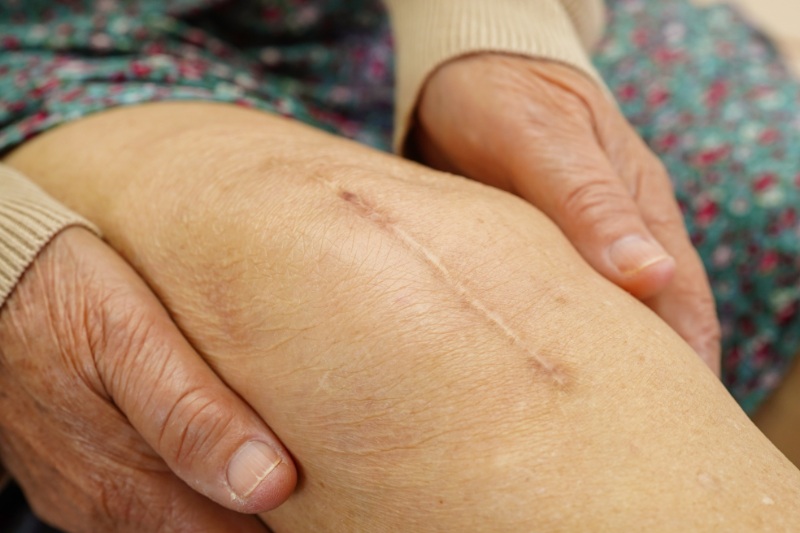
Effects of leaving scars untreated
Although scarring is a normal skin response, and the outcome of wound healing after any trauma or surgery, it can much affect individuals.
In normal and standardized conditions, a normal scar is formed, which usually looks so much like the surrounding normal skin and does not affect the individuals. But unfortunately, in most cases, due to factors related to the skin type, abnormal scar may result after the wound healing process which is different in appearance than the surrounding normal skin, and in this case it affects the individual in terms of movement if it is in a joint, or the real problem is that it usually affects the individuals psychologically and socially which reflects on the people quality of life.
When and How to treat scars ?
The Earlier.. The Better..
The best way to treat a scar is to prevent its formation, or if it has already formed, the time is NOW to start treating it because as time passes, the treatment becomes more difficult.
There are a lot of products and advice regarding scar management, but it is very important to follow what the international guidelines state.
Scar Management Guidelines
Silicone gel is universally considered as the first-line prevention and treatment option for hypertrophic scars and keloids. The efficacy and safety of this gold-standard, non-invasive therapy has been demonstrated in many clinical studies.

Silicone Gel
For Prevention
Use of silicone gel should begin directly after wound closure following surgery, trauma, or burn. It should continue to be used for 3 months.
For Treatment
Silicone gel should be used on an already formed elevated scar for 3 to 6 months, depending on when this scar has already been formed.

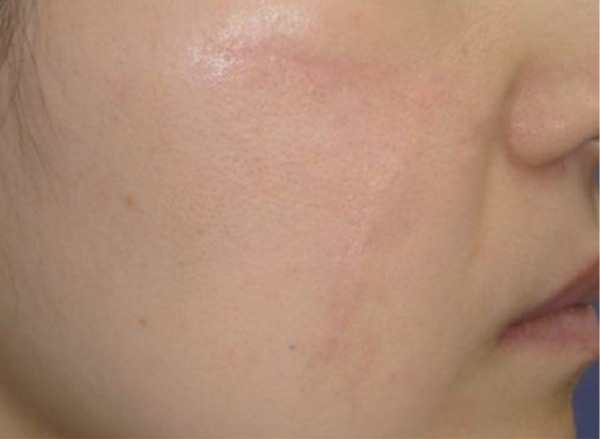
Facial Scar

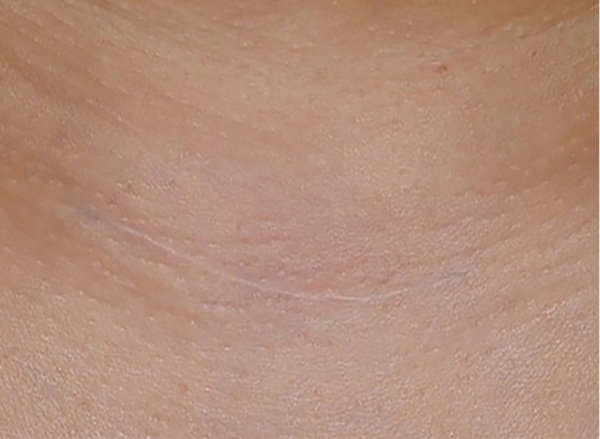
Thyroidectomy Surgery Scar
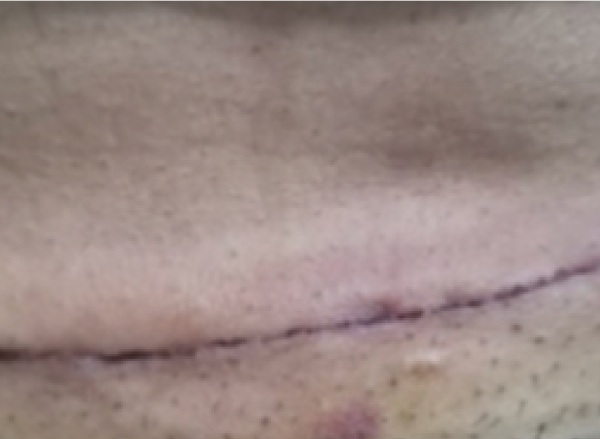
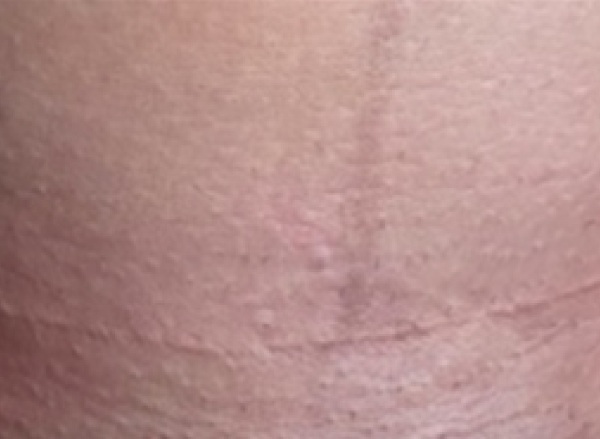
C-Section Scar
